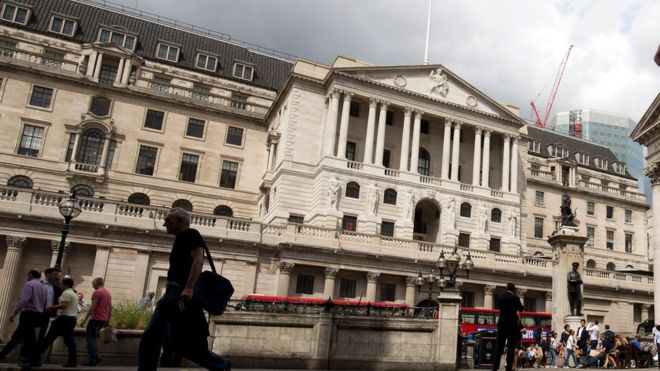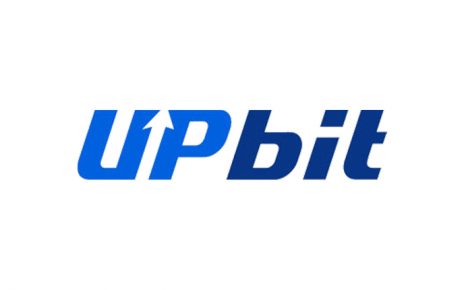After performing a proof of concept (PoC) together with a startup company called Chain, the Bank of England came to the conclusion that a decentralized blockchain platform with a certain level of privacy of sensitive data seems possible.
According to the official report published by the Bank of England, the research was performed with the goal of exploring whether the blockchain technology could maintain the required privacy levels of the participants in the baking system, while the information was distributed between all the participating nodes and the transactions could be supervised by the regulatory authorities, all at the same time.
The conclusion to which the monetary authority of the United Kingdom came responds to the doubt expressed by the bank since it began exploring the blockchain technology back in 2016. The report says: “Overall, it appears theoretically possible to configure a distributed ledger system in such a way that transactions remain private whilst keeping all data shared across the network, and at the same time maintaining a regulatory view of all transactions. However, the trade-offs would still need to be further explored, especially with respect to scalability, speed of transaction processing and risks around the security of the cryptographic techniques employed.”
The proof of concept was executed with a transfer of property of a fictional asset between various participants, including the central bank and a regulatory entity. The activity supported by Chain was performed with the goal of exploring and learning about the blockchain technology, according to the Bank of England: “In this Proof of Concept (PoC) with Chain, the Bank wanted to explore how distributed ledgers could potentially be configured to enable privacy amongst participants whilst keeping data shared across a network.” During the test, the issuing and retiring assets, as well as granting access to participants to use the ledger. At the same time, the regulatory authority would be able to view all transactions. According to the report, the key objectives of the test were to: “Explore how DLT based systems could be configured to ensure that no party (except for the regulator) was able to infer details about transactions which they were not counterparty to, including ensuring that participants in the consensus process did not have full visibility of transaction details; Understand how the choice of privacy solution affected the performance of the system as well as the trade-offs, risks and challenges this presents.”
Even though the final conclusion was theoretically positive regarding the blockchain technology, this only refers to the privacy. The report points out that other aspects of the blockchain technology still should be explored more since this innovative technology is not yet competitive enough to process the banking transactions as quickly as necessary. On the other hand, the scalability is still an issue, as well, as mentioned in the report: “However, the trade-offs would still need to be further explored, especially with respect to scalability, speed of transaction processing and risks around the security of the cryptographic techniques employed.” This means the adoption of the blockchain technology as a platform for processing all the transactions of a banking entity is not yet viable.
To understand the importance of this proof of concept, it is necessary to bear in mind that the privacy of the data was one of the main concerns of the banks when it comes to the blockchain technology. These institutions manage sensitive data of their clients and the majority of the data should never become public because of privacy and security. These are the main reasons why the banking corporations developed private solutions based on the blockchain technology, such as the one explored by the Bank of England.
Last month, the central bank of the UK announced another proof of concept involving the blockchain technology. The goal of this test is to support its gross liquidation system and the results should be known by the end of this year.




